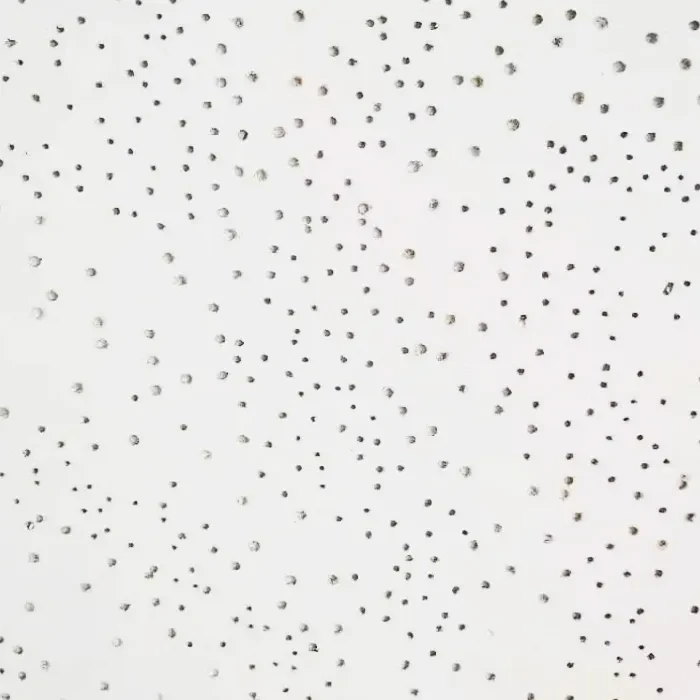Nov . 22, 2024 06:27 Back to list
ceiling grid cross tee
Understanding Ceiling Grid Cross Tee A Comprehensive Guide
Ceiling grid cross tees are an essential component in the construction and design of suspended ceilings. Often overlooked, these cross tees play a crucial role in providing structural support and aesthetic appeal to ceiling systems. This article will explore the function, types, installation, and benefits of ceiling grid cross tees.
What is a Ceiling Grid?
To understand cross tees, it’s essential to first grasp what a ceiling grid is. A ceiling grid is a framework made up of long metal runners, typically suspended from the actual ceiling. This framework supports the tiles or panels that create the visible ceiling surface. The grid system usually consists of main runners that run the length of the room and cross tees that intersect with these runners to form a rectangular grid pattern.
The Role of Cross Tees
Cross tees are the shorter, horizontal components of the ceiling grid system that connect to the main runners. They are essential for two main reasons
1. Support Cross tees provide the necessary support for the ceiling tiles or panels, ensuring they remain level and secure. They help distribute the weight of the tiles evenly throughout the grid.
2. Arrangement Cross tees enable the arrangement of the tiles in various configurations, which can help accommodate lighting fixtures, ventilation systems, and other ceiling-mounted elements. They come in various lengths and configurations to allow for the customization of the ceiling’s design.
Types of Cross Tees
Cross tees come in different materials and configurations to suit various design requirements
1. Material Most cross tees are made of steel, which offers durability and stability. However, there are also aluminum options for lighter applications. The finishes can vary, including painted surfaces or galvanized coatings for added corrosion resistance.
2. Length Common lengths for cross tees range from 2 feet to 4 feet, although custom lengths can be produced for specific projects. The choice of length typically depends on the grid layout and the dimensions of the ceiling tiles being used.
ceiling grid cross tee

3. Design Some cross tees are designed with specific feature cuts or grooves to allow for the installation of lighting fixtures or other ceiling elements. They may also come in different profiles, such as T-shaped or L-shaped, depending on the design of the ceiling system.
Installation Process
Installing ceiling grid cross tees is relatively straightforward, but precision is necessary to achieve a professional finish
. Here’s a simplified overview of the installation process1. Planning Before installation, it’s crucial to plan the layout of your ceiling grid. Measure the area and determine the placement of the main runners and cross tees, ensuring that the intervals between them accommodate the size of the ceiling tiles.
2. Main Runners Begin by installing the main runners, which are typically placed 4 feet apart in a grid layout. Secure them to the ceiling using hangers that will support the grid system.
3. Cross Tees Installation Once the main runners are in place, insert the cross tees into their designated slots on the runners. Ensure they are level and secure.
4. Tile Installation Finally, once the grid structure is in place, ceiling tiles can be inserted into the openings. This step should be done carefully to avoid damaging the tiles.
Benefits of Using Ceiling Grid Cross Tees
The use of ceiling grid cross tees comes with several benefits
- Versatility They can be adapted to various layouts and ceiling designs, making them suitable for both residential and commercial spaces. - Ease of Maintenance Suspended ceilings allow for easy access to plumbing, electrical work, and HVAC systems, which can be beneficial for maintenance or upgrades. - Aesthetic Appeal A well-designed ceiling grid can enhance the overall look of a room, providing a clean and professional finish.
Conclusion
Ceiling grid cross tees are often the unsung heroes of suspended ceiling systems. With their vital role in providing support and design flexibility, they are key components in creating functional and aesthetically pleasing spaces. Understanding their materials, types, and installation techniques can help builders and designers make informed decisions when planning their ceiling layouts, ultimately leading to successful project outcomes.
-
Durable Ceiling T Grid Systems | Easy InstallationNewsAug.29,2025
-
PVC Gypsum Ceiling: Durable, Laminated Tiles for Modern SpacesNewsAug.28,2025
-
Pvc Gypsum Ceiling Is DurableNewsAug.21,2025
-
Mineral Fiber Board Is DurableNewsAug.21,2025
-
Ceiling Tile Clip Reusable DesignNewsAug.21,2025
-
Ceiling T Grid Modular DesignNewsAug.21,2025







